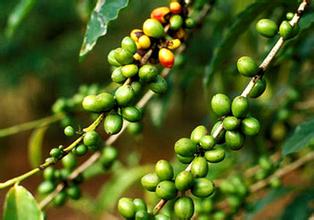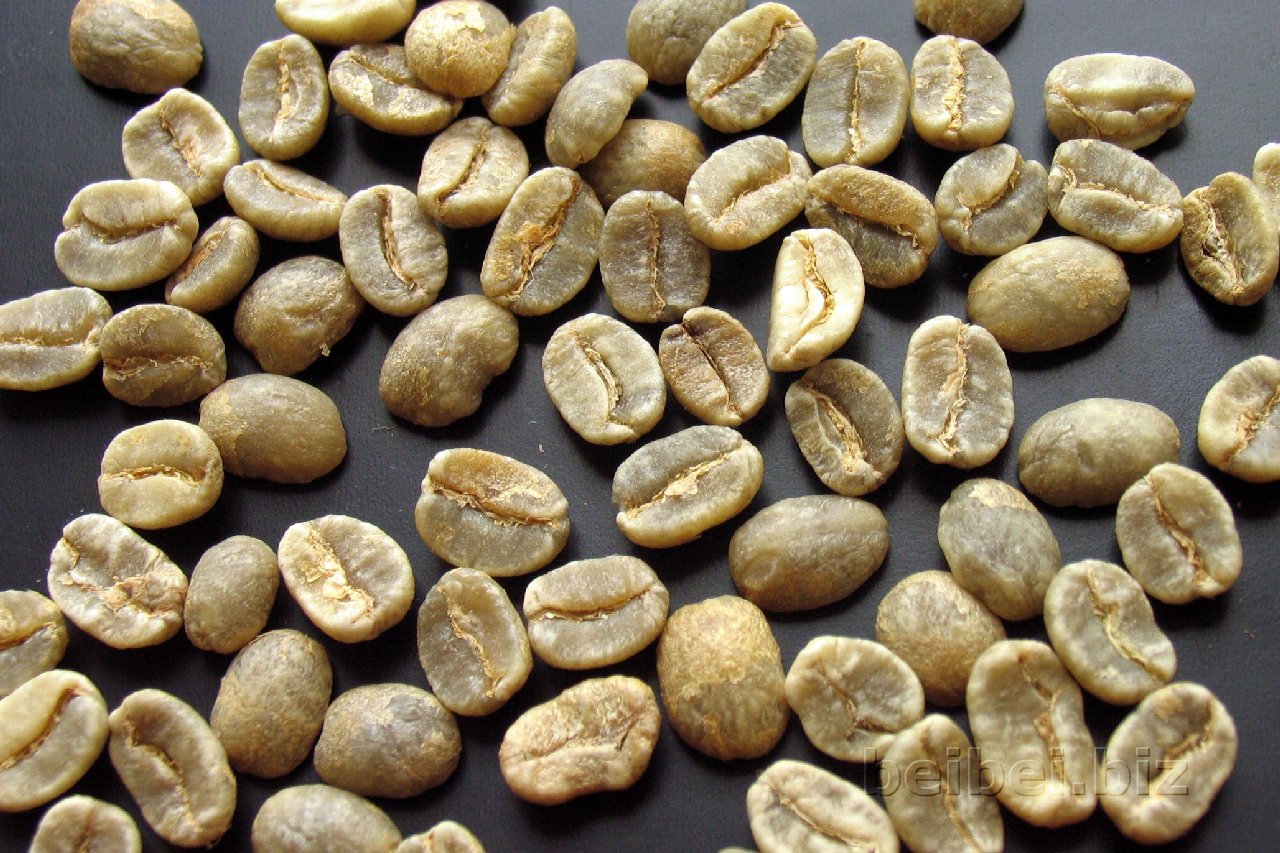Introduction to the characteristic flavor of four forms of Ethiopian coffee beans grown and produced in Ethiopia coffee

Growth and production patterns:
There are four growth production patterns in Ethiopia, and 95% of coffee is produced from these types or systems.
1. Forest planting (Forest)
In the coffee-producing areas of Ethiopia in the south and south-west, most of them are wild or grow under natural forests. It provides natural shelter for coffee trees, but the resistance is slightly weak. This production system accounts for about 10% of the total production.
two。 Semi-forest development and planting Semi-Forest
It is also planted deliberately by farmers in coffee-producing areas in the south and south-west, choosing forests as shade trees, and often removing weeds and other non-coffee crops to benefit the growth quality of coffee trees. this production system accounts for about 35% of total production.
3. Garden or home-grown (Garden)
Garden-type coffee cultivation is generally cultivated near farmers' homes, usually located in the south and east, with a low planting density of about 1000 to 1800 coffee trees per hectare, accounting for about 50% of the total production and has an increasing trend.
4. Manor (Plantation)
Most of the large farms are state-owned industries (now gradually auctioned to private enterprises) and sharecroppers. Usually, this system is only systematically cultivated and improved, even the exposure of sunshine, the type and amount of fertilizer, and so on, are closely controlled. This production system accounts for about 5% of the total production.
Source:
Barista-HHC 's blog
Important Notice :
前街咖啡 FrontStreet Coffee has moved to new addredd:
FrontStreet Coffee Address: 315,Donghua East Road,GuangZhou
Tel:020 38364473
- Prev

Characteristics of Colombian coffee grade Colombian coffee beans taste of Colombian coffee beans brand
According to the classification of defective beans, defective beans can be divided into two types:-first: called first-class defects-second: called second-level defects. First: main defects (defects that affect the taste characteristics of coffee): black beans. Private exporters of moldy beans or sour beans: no more than 12 national coffee committees: no more than 8 first-level defective beans, second: secondary defects
- Next

What grade is Arabica coffee beans? Picture Analysis of Variety characteristics and Flavor and taste characteristics of Arabica Fine Coffee beans
In many places where coffee is sold, it is not difficult to find words like "100% Arabica". Even canned coffee has a style called Arabica coffee, which makes one wonder: what is "Arabica coffee"? In fact, Arabica is the name of the coffee variety (species).
Related
- What is the meaning of lactic acid fermentation with coffee bean treatment?
- How to judge the state of foam by sound?
- How does the latte pull out the unicorn pattern? Come to get for a little trick to improve the flower pull!
- Will flower pulling affect the taste of the latte?
- Do you know the history of coffee?
- The difference between honey treatment and sun washing what is raisin honey treatment?
- What kind of milk can a novice use to make coffee foam to keep the foam longer? The correct method and skills of milking tutorial sharing
- Why do washed coffee beans taste sour? Flavor characteristics of washed Coffee
- Introduction to the skill of how to practice the size and height of water injection around the circle of hand-brewed coffee
- How do beginners practice coffee flower drawing from scratch?

